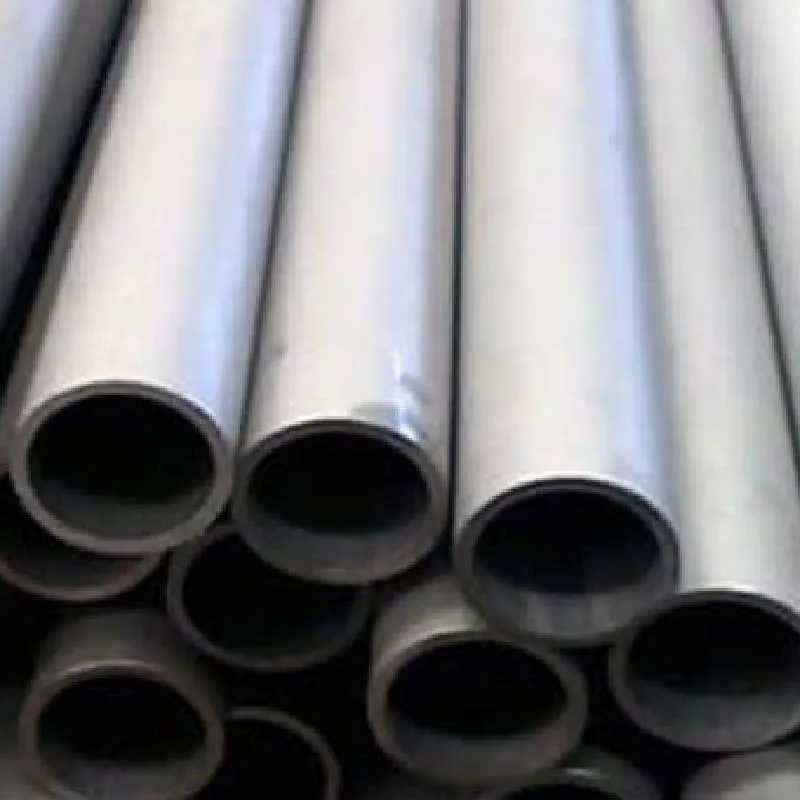-
Cangzhou Yulong Steel Co., Ltd.
-
Phone:
+86 13303177267 -
Email:
admin@ylsteelfittings.com
- English
- Arabic
- Italian
- Spanish
- Portuguese
- German
- kazakh
- Persian
- Greek
- French
- Russian
- Polish
- Thai
- Indonesian
- Vietnamese
- Zulu
- Korean
- Uzbek
- Hindi
- Serbian
- Malay
- Ukrainian
- Gujarati
- Haitian Creole
- hausa
- hawaiian
- Hebrew
- Miao
- Hungarian
- Icelandic
- igbo
- irish
- Japanese
- Javanese
- Kannada
- Khmer
- Rwandese
- Afrikaans
- Albanian
- Amharic
- Armenian
- Azerbaijani
- Basque
- Belarusian
- Bengali
- Bosnian
- Bulgarian
- Catalan
- Cebuano
- China
- China (Taiwan)
- Corsican
- Croatian
- Czech
- Danish
- Esperanto
- Estonian
- Finnish
- Frisian
- Galician
- Georgian
- Kurdish
- Kyrgyz
- Lao
- Latin
- Latvian
- Lithuanian
- Luxembourgish
- Macedonian
- Malgashi
- Malayalam
- Maltese
- Maori
- Marathi
- Mongolian
- Myanmar
- Nepali
- Norwegian
- Norwegian
- Occitan
- Pashto
- Dutch
- Punjabi
- Romanian
- Samoan
- Scottish Gaelic
- Sesotho
- Shona
- Sindhi
- Sinhala
- Slovak
- Slovenian
- Somali
- Sundanese
- Swahili
- Swedish
- Tagalog
- Tajik
- Tamil
- Tatar
- Telugu
- Turkish
- Turkmen
- Urdu
- Uighur
- Welsh
- Bantu
- Yiddish
- Yoruba

Oct . 19, 2024 21:31 Back to list
flange slip on class 150
Understanding Flange Slip-On Class 150 A Comprehensive Overview
In the world of piping systems, the importance of choosing the right flange type cannot be overstated. Among the various flange designs available, the Slip-On Flange, particularly in Class 150, stands out for its practicality and ease of installation. This article delves into the construction, applications, advantages, and considerations surrounding the Slip-On Flange Class 150, providing valuable insights for engineers and industry professionals.
What is a Slip-On Flange?
A slip-on flange is a type of flange that is designed to slide over the end of a pipe. Unlike welded flanges, which are permanently attached to the pipe, slip-on flanges allow for a degree of flexibility in alignment and installation. For a Class 150 Slip-On Flange, the designation refers to the pressure-temperature rating of the flange, which signifies its ability to handle specific pressures and temperatures in various applications.
Construction and Specifications
A Class 150 Slip-On Flange is typically manufactured from materials such as carbon steel, stainless steel, or alloy steel, contributing to its durability and resistance to various environmental conditions. The flange usually has a raised face to enhance sealing when mated with a corresponding flange. The dimensions of these flanges conform to standards set by organizations such as the American National Standards Institute (ANSI) and the American Society of Mechanical Engineers (ASME).
Generally, a Class 150 flange can handle pressures up to 150 psi at a temperature of 100°F, though these figures can change with variations in temperature. The construction includes beveled edges that facilitate easy welding and provide a strong junction between the pipe and the flange.
Advantages of Slip-On Flanges
One of the primary benefits of using Slip-On Flanges is their ease of installation. They are particularly advantageous in situations where precision alignment of pipes may be challenging. The slide-on design allows for minor adjustments without the need for extensive preparation. This characteristic is particularly beneficial in applications requiring quick assembly and disassembly, such as maintenance and repairs.
flange slip on class 150

Moreover, Slip-On Flanges offer a lower overall cost compared to welded flanges. Their materials can be more economical, and the reduced time spent on installation translates into labor savings. Another significant advantage is their versatility; they can be utilized in various industries such as petrochemical, food and beverage, and water treatment.
Applications
Class 150 Slip-On Flanges are widely used across diverse industries. Their flexibility and reliability make them suitable for numerous applications, including
- Water supply systems They are commonly used to connect pipes in water distribution networks due to their resistance to corrosion and easy maintenance. - Chemical processing The chemical industry benefits from the durability and leak-proof nature of slip-on flanges, which handle various aggressive chemicals. - HVAC systems In heating, ventilation, and air conditioning, Class 150 flanges are incorporated into ductwork, contributing to efficient airflow management.
Considerations and Limitations
While Class 150 Slip-On Flanges present numerous advantages, it’s important to consider their limitations as well. They are generally not recommended for high-pressure applications where welded flanges would be more suitable. Additionally, proper alignment is crucial; any misalignment can result in leaks or failures over time.
Conclusion
In conclusion, the Class 150 Slip-On Flange is a vital component in the realm of piping systems, offering an array of benefits like ease of installation, cost-efficiency, and versatility. While they are not ideal for every application, their wide-ranging use across industries underscores their importance in ensuring the integrity and functionality of piping systems. Engineers and industry professionals must carefully consider their applications and installation practices to maximize the advantages offered by Slip-On Flanges.
Latest news
-
ANSI 150P SS304 SO FLANGE
NewsFeb.14,2025
-
ASTM A333GR6 STEEL PIPE
NewsJan.20,2025
-
ANSI B16.5 WELDING NECK FLANGE
NewsJan.15,2026
-
ANSI B16.5 SLIP-ON FLANGE
NewsApr.19,2024
-
SABS 1123 FLANGE
NewsJan.15,2025
-
DIN86044 PLATE FLANGE
NewsApr.19,2024
-
DIN2527 BLIND FLANGE
NewsApr.12,2024
-
JIS B2311 Butt-Welding Fittings LR/SR 45°/90° /180°Seamless/Weld
NewsApr.23,2024











